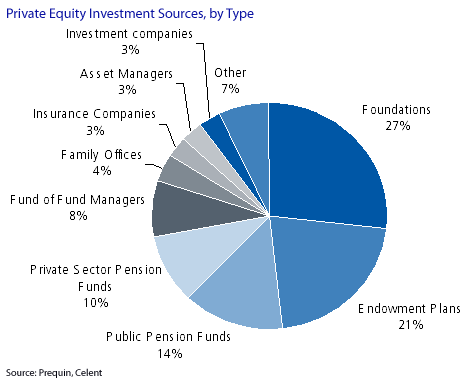The Global Private Equity Market: Rationalization and Regulation
Abstract
The tough economic environment has hampered the growth of the private equity industry globally. It has coped with a decline in the amounts of debt it can raise, and seen regulators become more active to ensure that it does not become a source of high levels of systemic risk.
In a new report, The Global Private Equity Market: Rationalization and Regulation, Celent analyzes the recent evolution of this industry. There is a trend towards consolidation, which has meant that private equity firms are trying to ensure that the lower level of funds at their disposal are used as effectively as possible. The rationalization is also seen in terms of the changing capital structure of investments by private equity firms, and this is discussed in detail in the report.
A number of new regulations have come about in the last few years. These include the Dodd-Frank Act and the Volcker Rule in the US and the Directive for Alternative Investment Fund Managers (AIFMD) in Europe. Besides leading to higher costs, this will also mean that much more effort will have to be dedicated to regulation and compliance in PE firms.
Foundations (27%) and endowment plans (21%) are the main contributors of funds employed by PE firms. Other contributors are public pension funds with 14% and private sector funds with 10%. Fund of fund managers form 8%, while family offices provide 4% and insurance companies provide 3%.

“The private equity industry has undergone a major transformation in the last few years,” says Anshuman Jaswal, Celent Senior Analyst and author of the report. “It has become more efficient and streamlined and should see improved prospects as a result.”
The report begins with a look at the evolution of private equity flows in the leading markets in the last few years, with special attention paid to the impact of the financial crisis. After this, we discuss the change in capital structure that most private equity firms are going through to adapt to the evolving market conditions. We study the new regulations in markets such as the US, Europe, and Asia. Finally, we make some recommendations for private equity firms that might help them deal with the tough economic environment and greater regulatory requirements.

